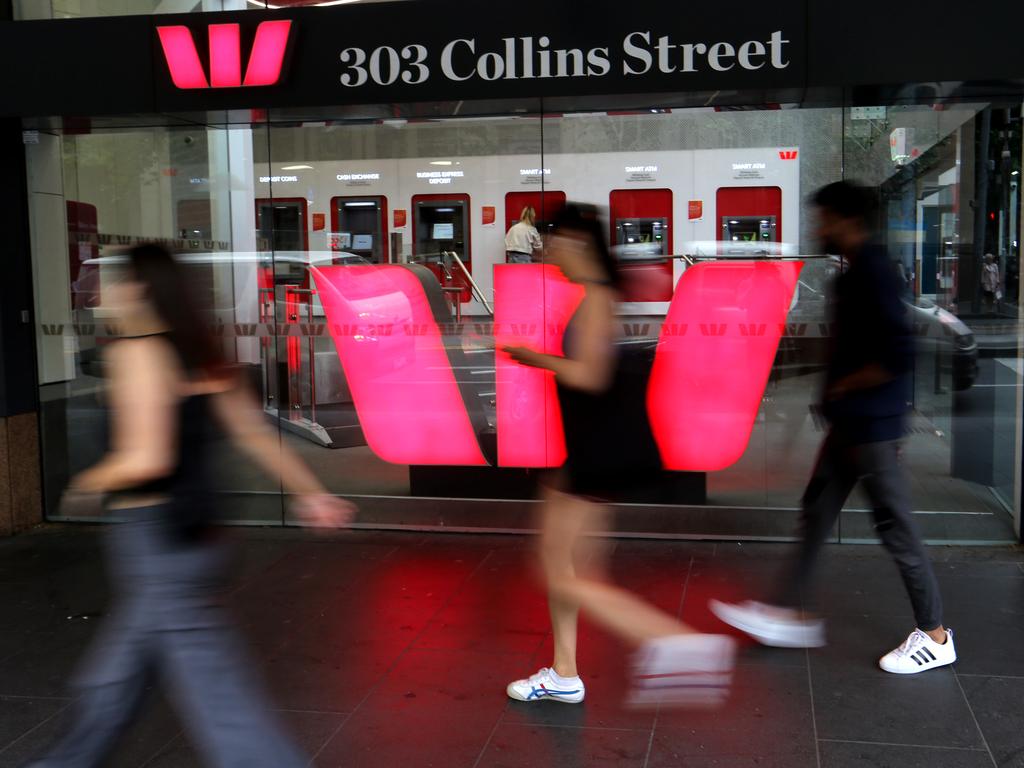Banks ponder higher margins ... or bigger market share
Their collective challenge is some $500bn of fixed-rate loans nearing expiry in the next 18 months.

Take the increased margins by following the Reserve Bank in raising rates or take market share from rivals by keeping a lid on rates as almost $500bn of mortgages hit the market for refinancing.
That’s the quandary facing the country’s major banks after the central banks raised rates on Tuesday by 50 basis points to 2.35 per cent – the fastest policy tightening in some three decades.
The banks are yet to announce whether they will follow the RBA in increasing their fixed and floating rates for mortgages but are expected to do so. They have been passing on the rate hikes to their back books – existing customers – but not necessarily for new customers as they balance the need for retention and volume.
Altogether, Commonwealth Bank, the biggest of the big four is expected to enjoy an 11bp margin increase for the first half of 2023, according to JP Morgan. CBA chief executive Matt Comyn says for every 25bp increase in official rates, the group’s margin would expand by four basis points.
The next largest beneficiary from the hikes is likely to be National Australia Bank, followed by Westpac then ANZ, according to JP Morgan’s analysts.
The banks’ collective challenge is some $500bn of fixed-rate loans nearing expiry in the next 18 months. Efforts to cash in may result in customers choosing to refinance elsewhere at a time when industry insiders have already declared competition to be at its toughest in 20 years.
UBS equities analyst John Storey believes banks will benefit from both the rate rises in the mortgage book and the lag in customers moving from zero rate transaction accounts to higher paying term deposits.
“We think the banks are more interest rate sensitive than the market. As rates go up margins are going to expand,” said Mr Storey, adding: “There is better pricing and margins than what‘s embedded in their back books.”
During the height of the Covid-19 pandemic, banks were offering fixed rates of around 2 per cent, and as these roll off over the next 18 months, customers will then either move onto standard variable rates or face fixed rates now set as high as 6 per cent.
In Australia, unlike the US and the UK, most customers use floating rate mortgages.
The big four banks are also likely to benefit from the delay in customers moving their money from zero-paying transaction accounts back into higher paying term deposits, after rates in term deposits dropped to close to zero at the peak of pandemic fears, according to Mr Storey.
“There was a structural shift that started in December 2020 and the question is whether (funds) will flow back to term deposits,” Mr Storey said. “That generally happens slowly so the banks enjoy the rate increases.”
The banks have also enjoyed increased margins on savings accounts by not passing on the previous rate rises to customers, and in some cases even dropping interest rates on certain savings accounts.
“Changes in major bank deposit spreads versus the cash rate were largely positive in August, with improved (lower) spreads across nearly all deposit products as banks put through smaller increases to deposit rates than the RBA’s cash rate hike,” wrote JP Morgan’s Andrew Triggs in a note to clients. “In comparison, deposit trends for second tier banks were more mixed,” Mr Triggs said. “Pass through of the August rate hike was greater for online/reward savers and long-term term deposits.”
However some analysts believe the big four banks will struggle to increase their margins because of the high level of competition in the market, particularly by Macquarie, which has seen its market share increase 30 per cent per annum for the past two years to take 5 per cent.
It is taking that share as it looks to increase its annuity style earnings at a time when new mortgage growth is slowing on the back of the rising cost of living and interest rates.
Market expectations are for the official rate to hit as much as 3.1 per cent by year end as the RBA grapples with how to prevent inflation rising to 8 per cent over the same period.
“Today’s statement indicated that further rate rises should be expected,” said HSBC chief economist Paul Bloxham. “As the cash rate is now near the RBA's neutral estimate, and given this outlook, we expect the RBA to slow the pace of its hiking soon.”
Tuesday’s RBA rate rise – taking the increase to 225bp in just 126 days, adds a further $220 to the monthly interest bill on a $750,000 mortgage once passed on to borrowers.
The rise has added concern about delinquencies but analysts pointed to the fact that many customers are ahead on repayments. And wholesale funding costs are likely to rise next year and in 2024 as a pandemic-related Term Funding Facility is refinanced by the RBA.
Bank shares all eased after the rate announcement on Tuesday. CBA shares fell 0.41 per centto $96.11, NAB shares fell 0.33 per cent to $30.24, Westpac shares dropped 0.37 per cent to $21.27, and ANZ shares eased 0.18 per cent to $22.59.







